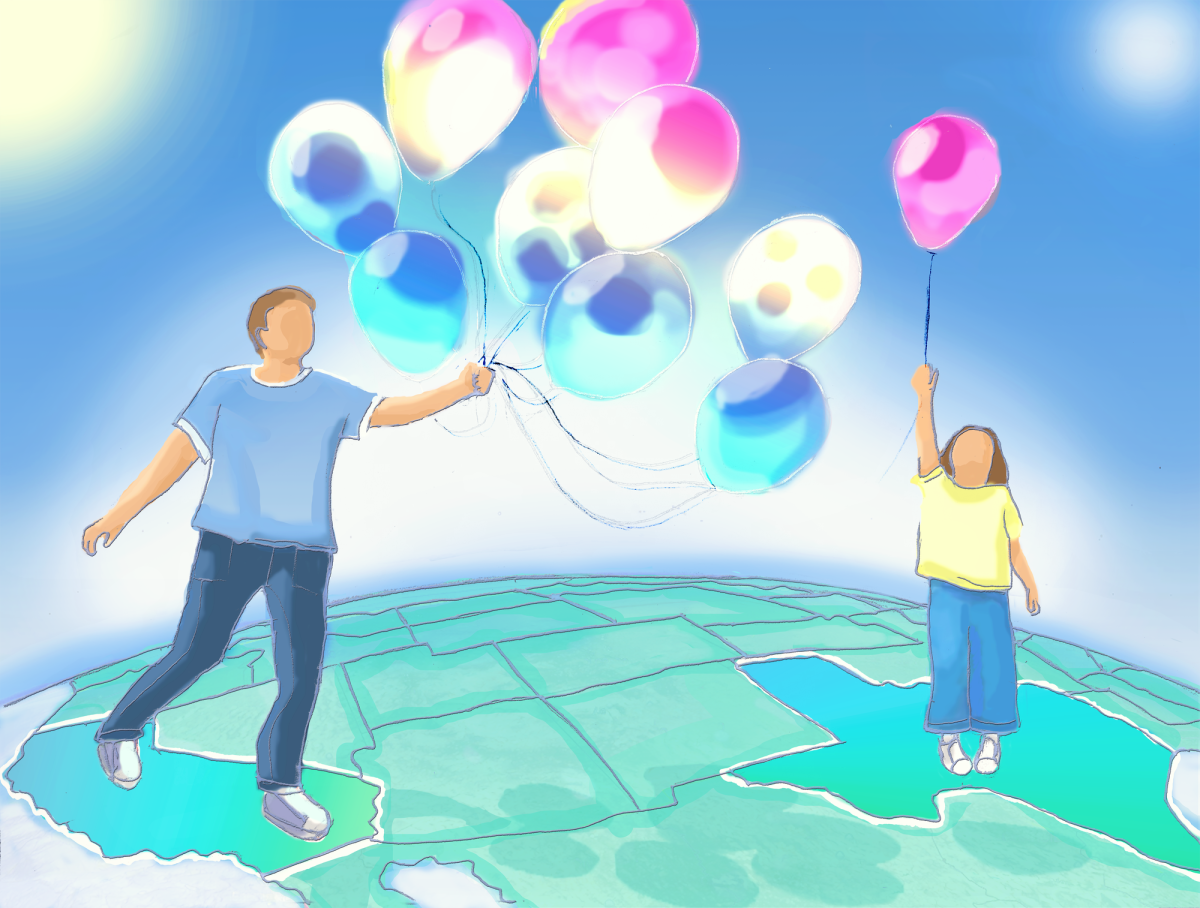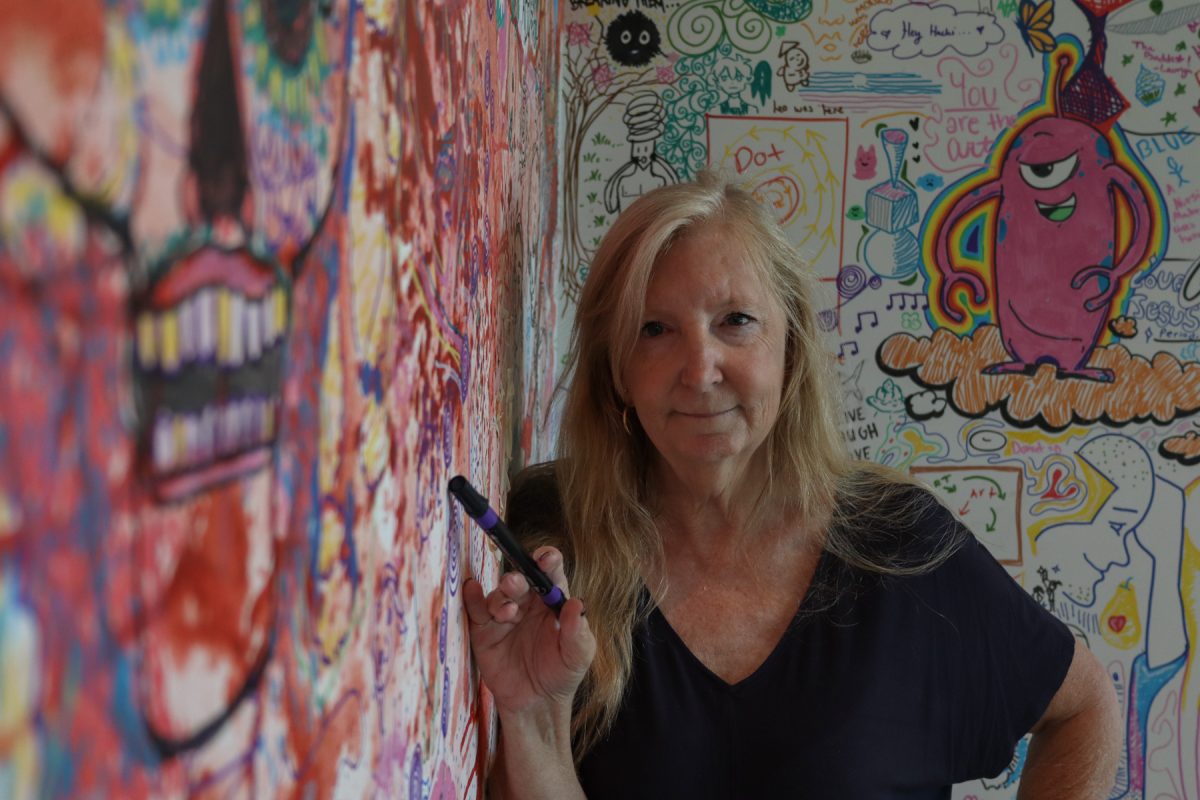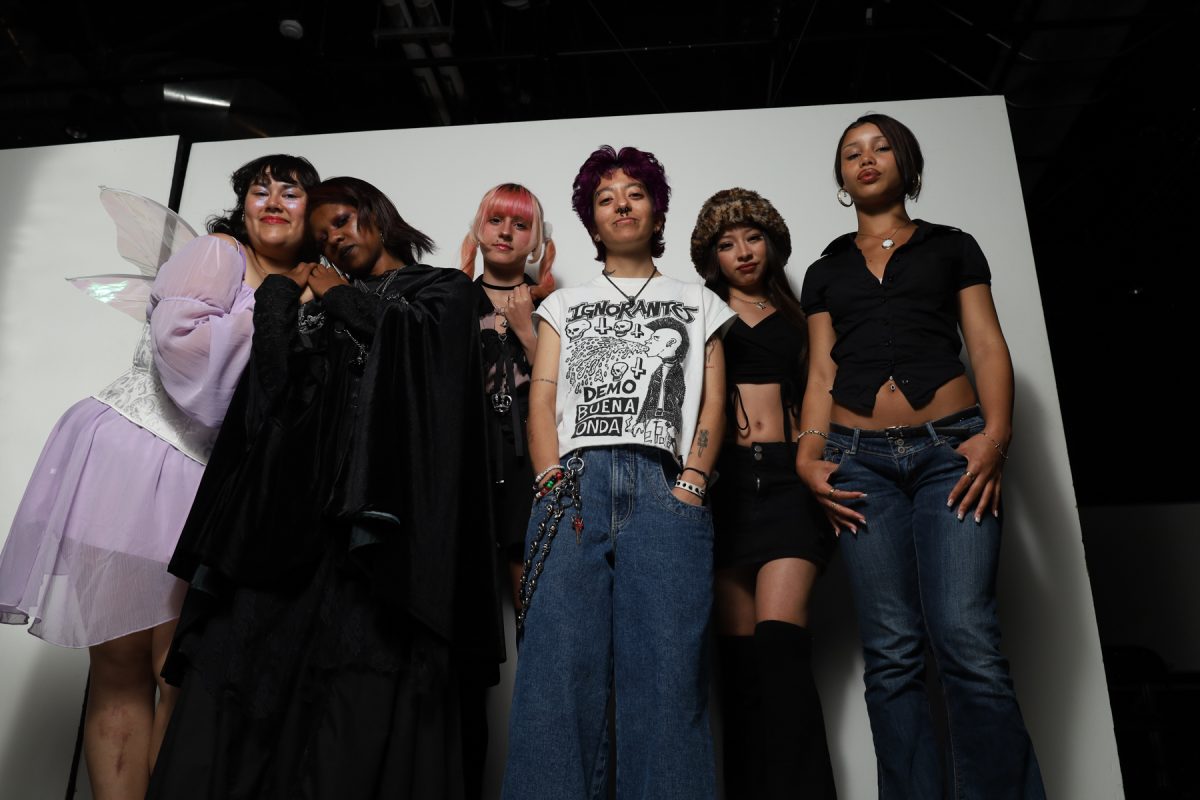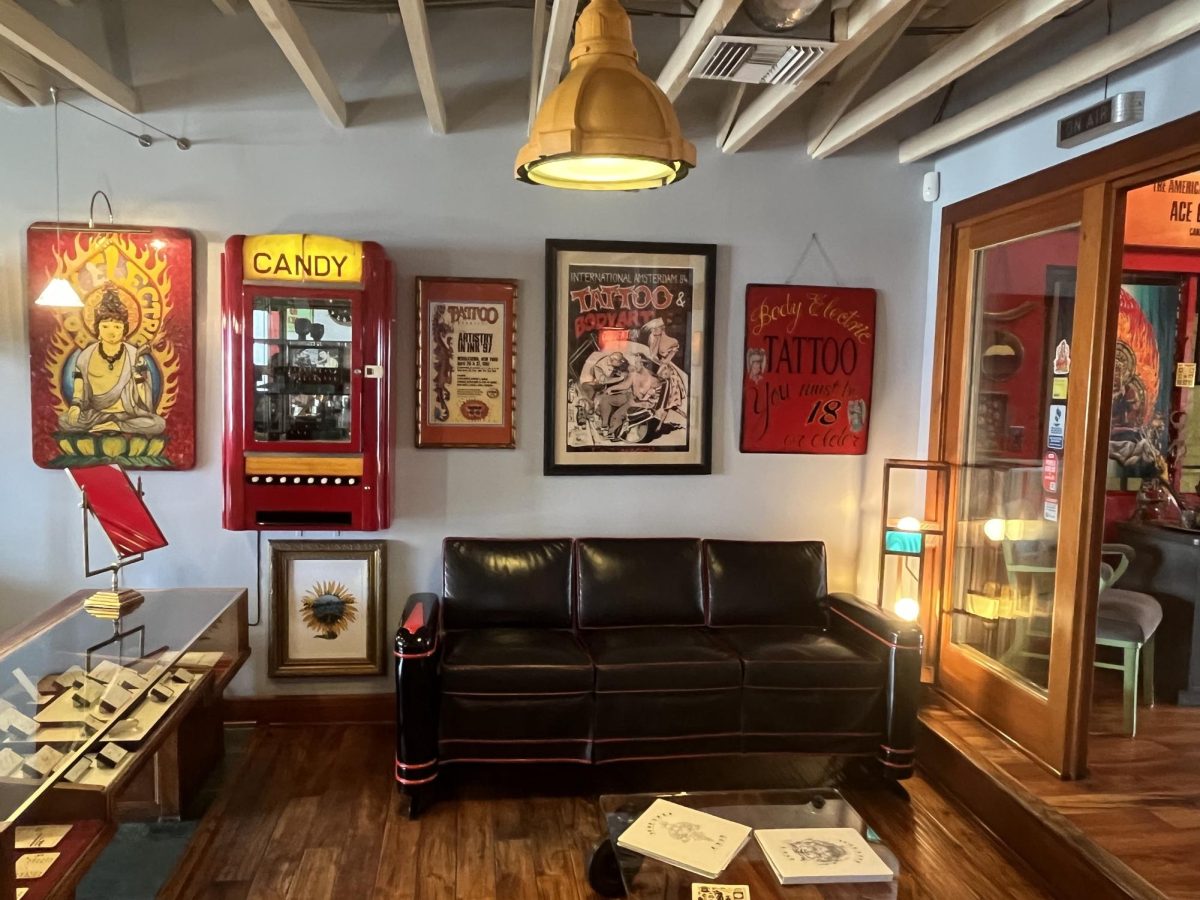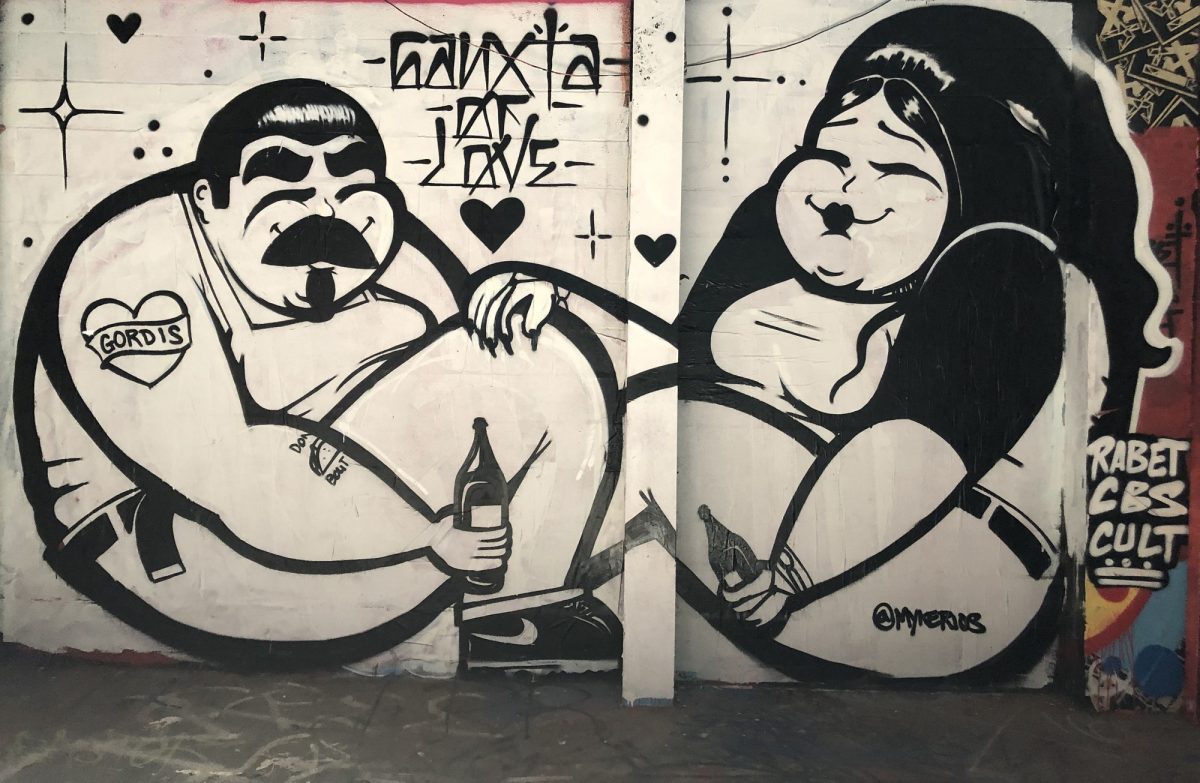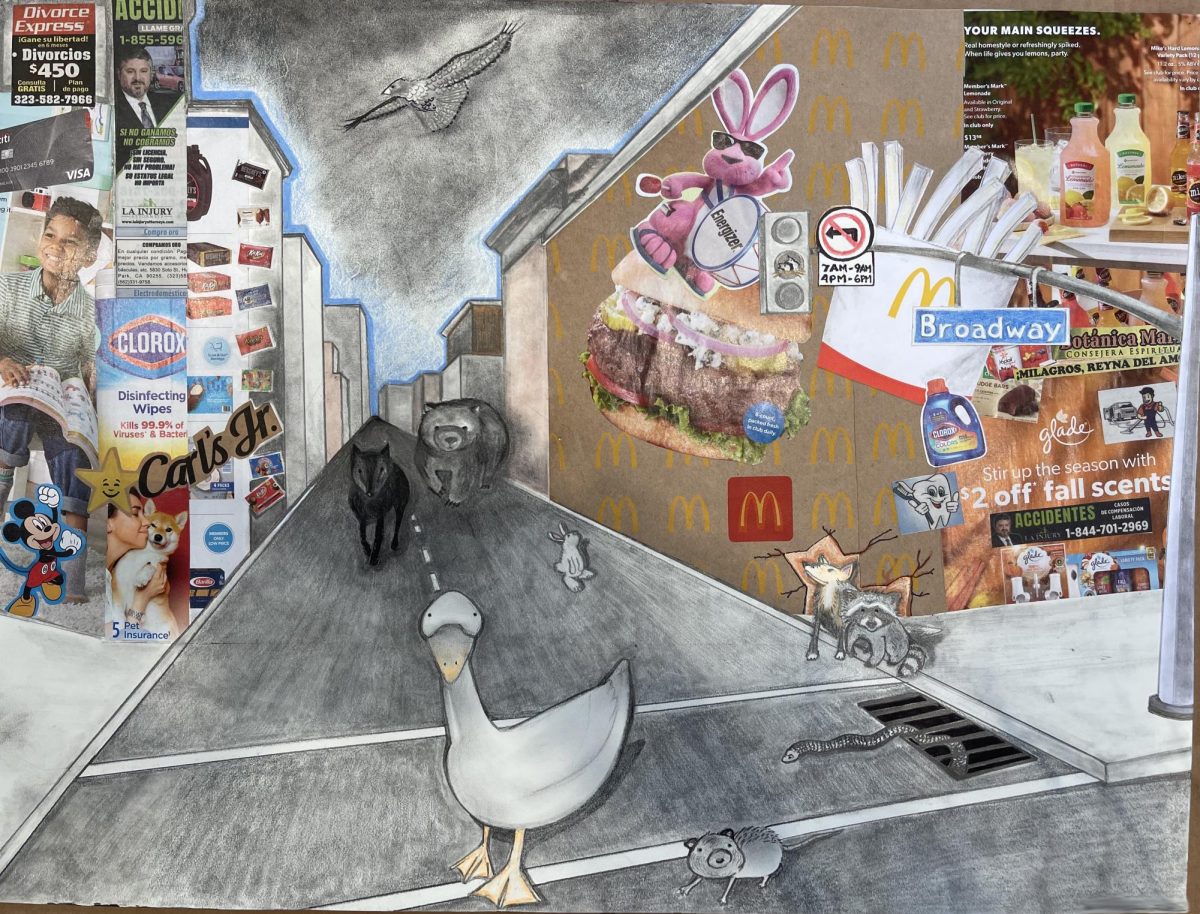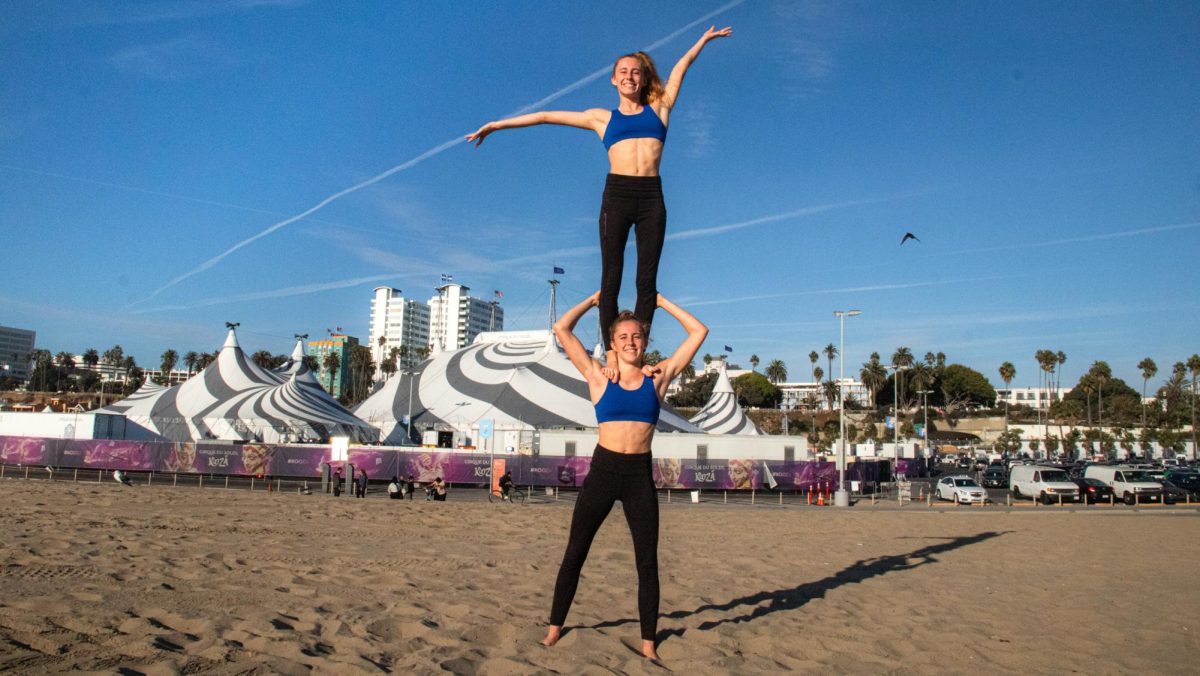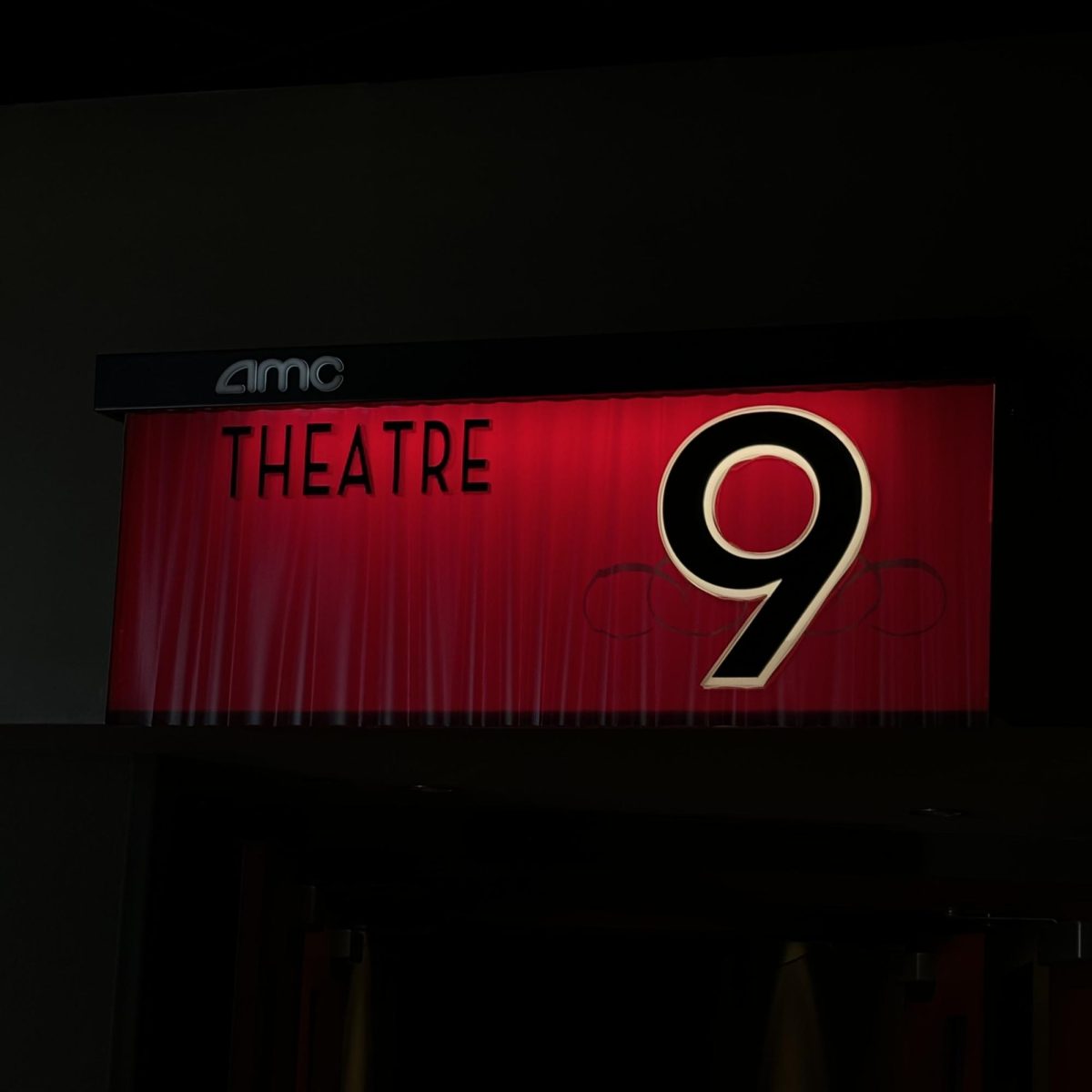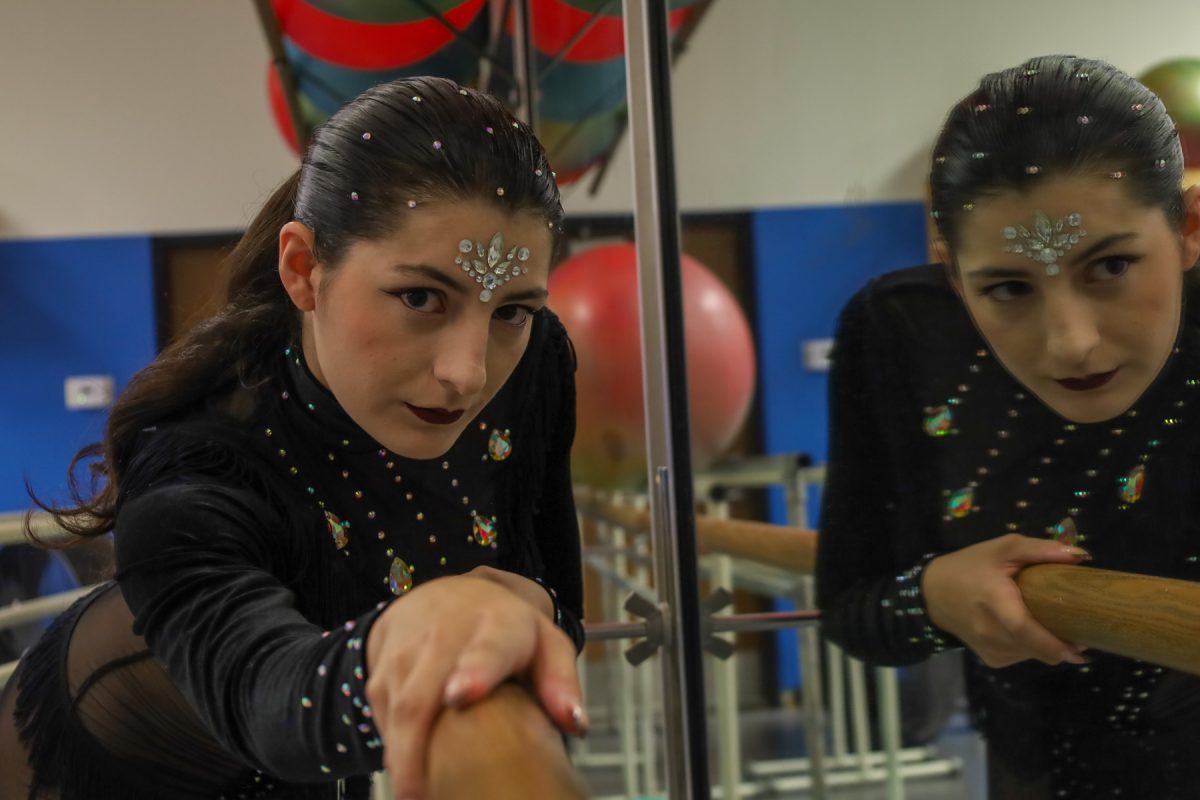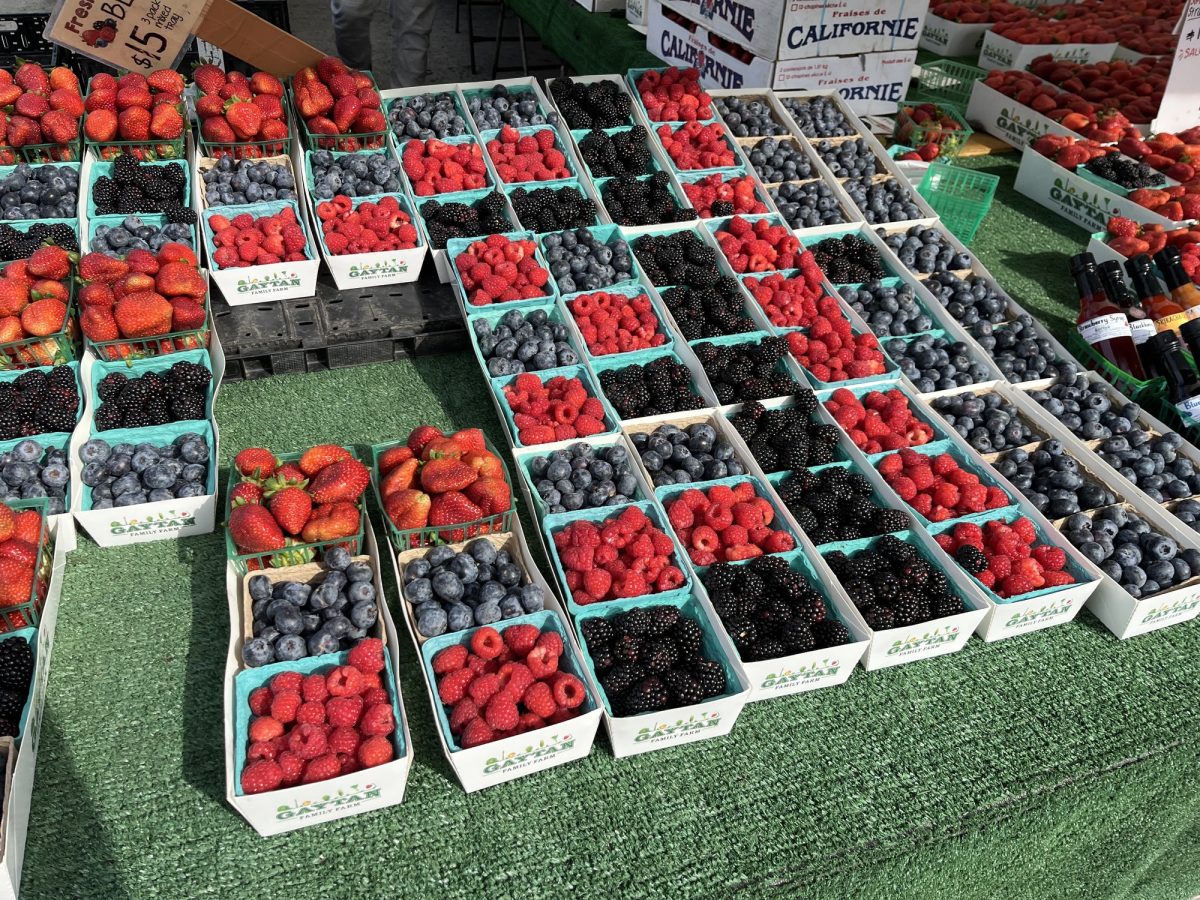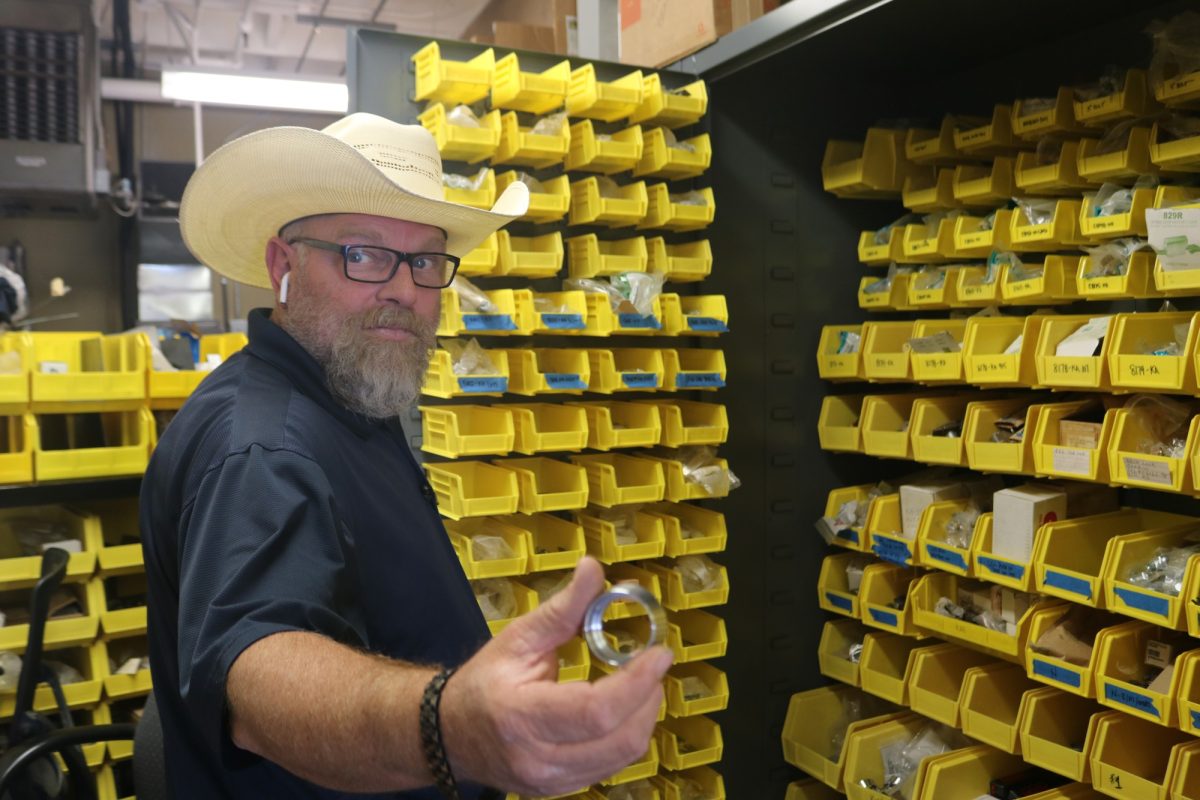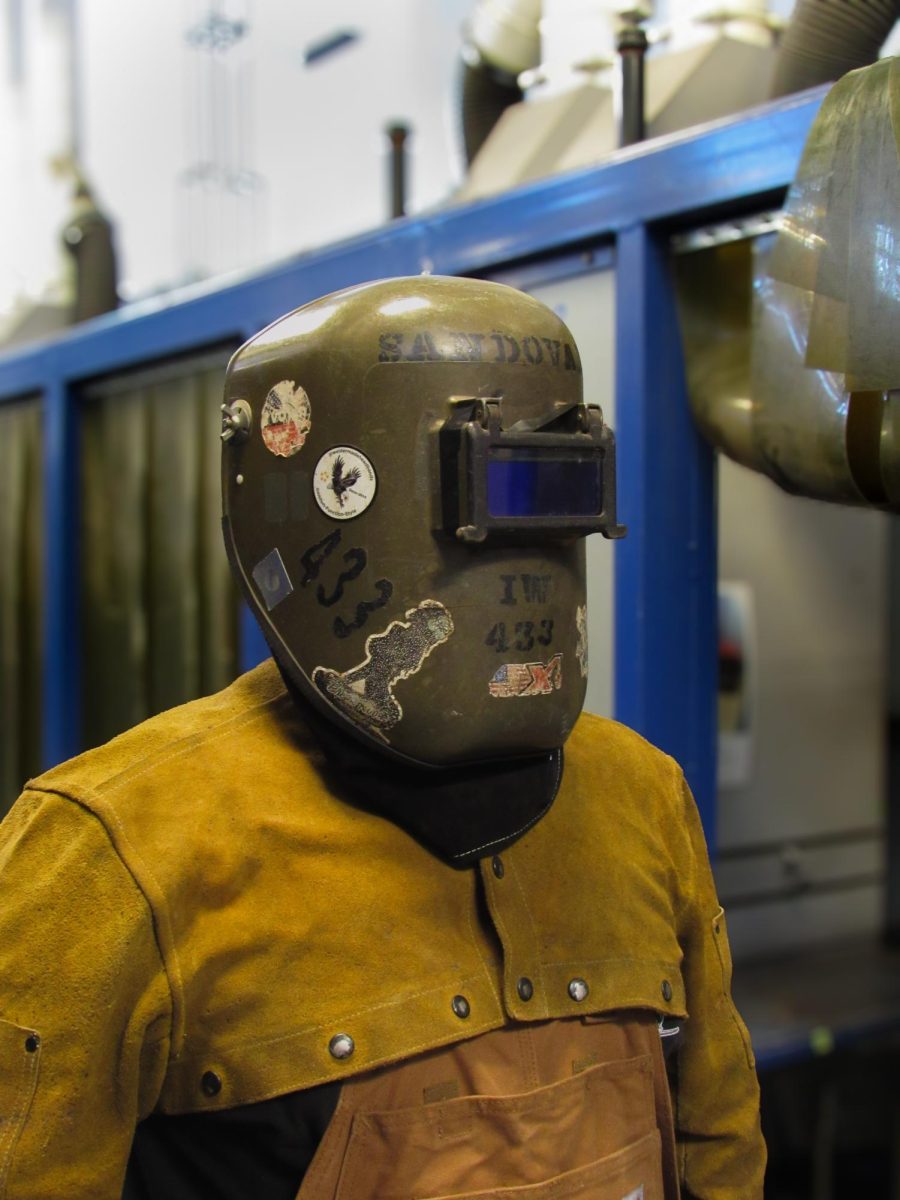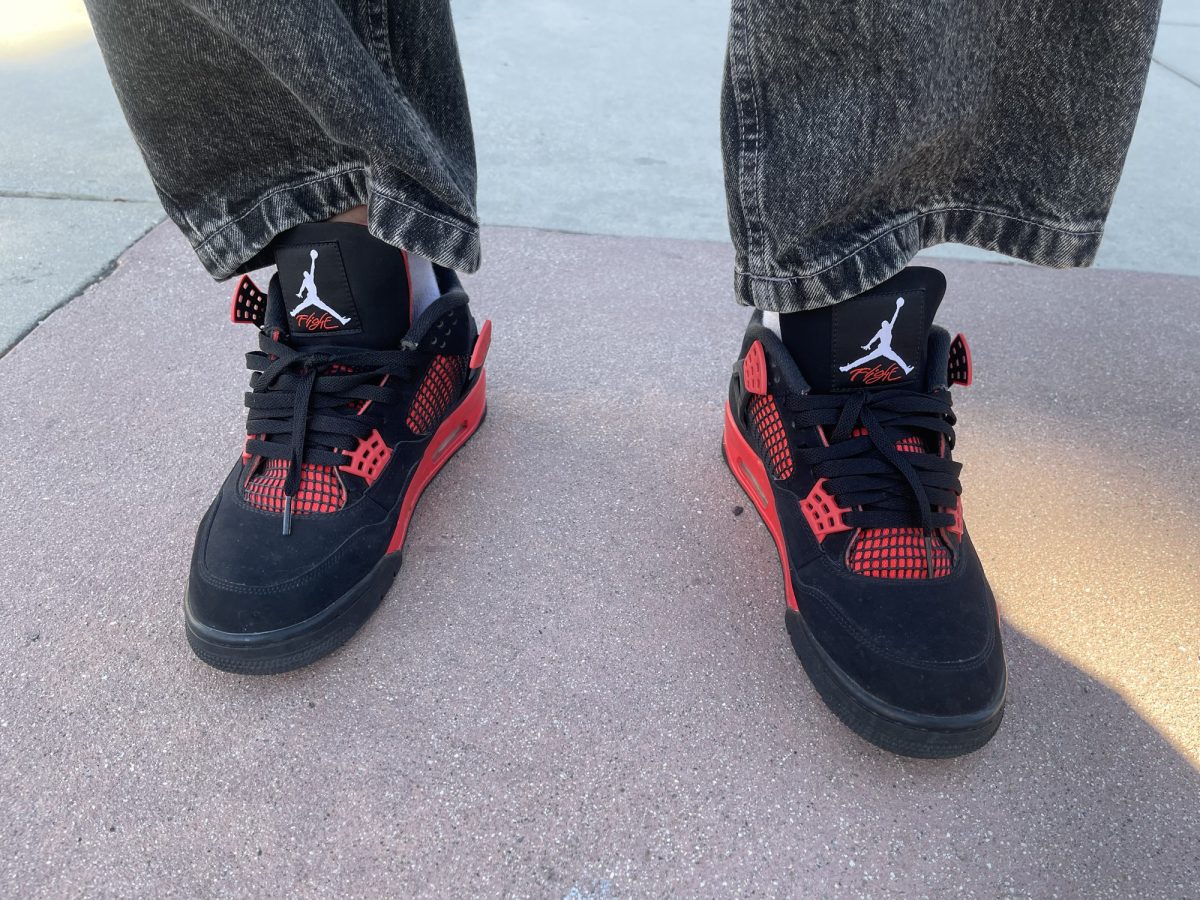Arriving in an operating room full of doctors, laying on an operating table, I was preparing to get my pelvic bones pierced by sharp needles.
My bone marrow was about to get sucked out.
I was very nervous but that went away as soon as a sleeping gas mask was placed over my face.
I ended up in this situation when I decided to register with the National Marrow Donor Program 11 years ago. A member of my church was diagnosed with an aggressive case of leukemia. She was a 30-year-old mother and needed help fast.
Members of my church contacted the National Marrow Donor Program, which works with cell therapy and treats people with blood cancers.
Members of the church were encouraged to register with the program and provide saliva samples in hopes that someone could be a bone marrow match for this mother. I signed up and provided samples to help.
Sadly, no one was a match and she died a year later. I figured my involvement with the National Marrow Donor Program was over and that I would no longer be needed for it. Life went on and I stopped thinking about it.
Yet, in December 2014, I received an email and a letter from the donor program that I was a match for someone. I had forgotten I was still in the registry.
Taking a leap of faith, I responded to them.
I learned I was the only match they could find in the country for this patient. Not even the patient’s family members were a match, I was told. This was a very unique situation.
For cancer patients to receive bone marrow that their body will accept, ethnicity and DNA are important. It’s more than just being the same blood type. A patient and a donor need to come from a similar ethnic background or the bone marrow might not work.
After learning I was the only match for this patient and that she was a 6-year-old girl, I felt a huge responsibility. A coordinator told me the patient would die if I refused to help donate.
I would never be able to live with myself if I did not help save her life.
Before I could donate my bone marrow, I had to make several visits to the City of Hope hospital in the city of Duarte and participate in blood tests. The doctors had to make sure my blood did not contain anything harmful that could kill the patient.
Driving to Duarte from Torrance was 70 miles back and forth, so I received some small compensation for gasoline from the hospital.
In April 2015, it was time to go through the operation and donate my bone marrow. My mother drove me there because the doctors would be using sleeping gas on me and I would not be in any condition to drive home after the procedure. I arrived at 6 a.m., feeling very anxious for what I was about to do.
As I got prepped for surgery, I felt scared and nervous. The procedure would involve large needles being inserted into my lower pelvic bones to suck out my bone marrow.
Thankfully, bone marrow replenishes and the doctors would give me sleeping gas so I would be knocked out during the painful part.
After my bone marrow was taken, it was frozen and flown quickly to the patient in Texas.
When I woke up from the surgery I had to wear bandages for an entire week and had terrible lower back pain. The first week after the surgery it was very difficult to bend over and to get in and out of bed. It took me a month to feel like myself.
I had to wait a year before I could be put in contact with the patient I donated to, because the program does not want any emotional connections formed in case the patient doesn’t make it. I had to rely on updates from a coordinator. The coordinator also kept track of my recovery for their records.
In 2016, the National Marrow Donor Program and their coordinators exchanged my contact information with the patient and her family. I learned that the patient was a young girl in San Antonio, Texas named Lacie Sanchez. Her grandparents were overjoyed when I first called them, and they wanted to learn more about me.
We started sending each other letters and connected on social media, eventually planning to meet each other in person.
In 2019, I flew to San Antonio and Lacie’s family hosted me in their house for a week. Everyone wanted to thank me in person and find out how I got involved in the bone marrow registry.
Lacie was excited yet shy during our visit. Sometimes she called me a big brother.
After this entire experience, I found myself wanting to help people more and have been less likely to turn down requests for help.
Saving a child’s life almost made me feel like a father.
I also encourage people to register with the bone marrow program, because they always need more people to sign up.



